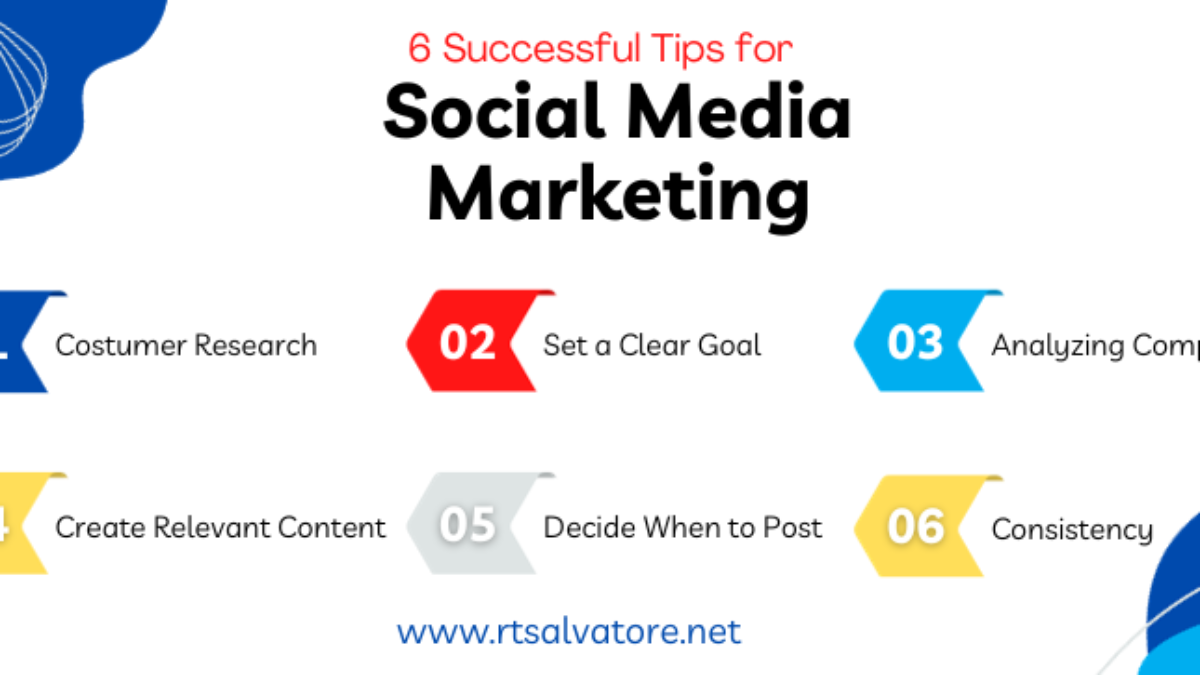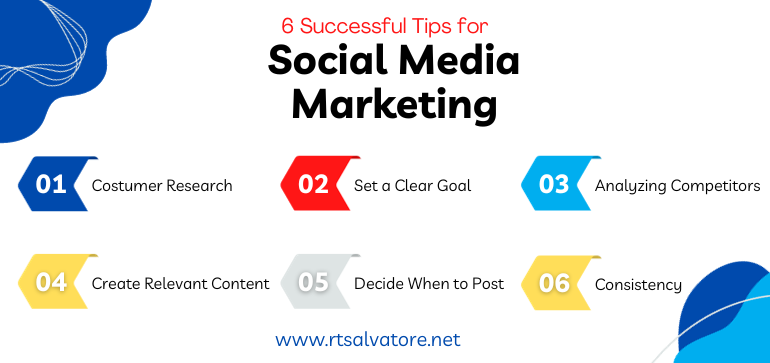When you think of a “brand,” what comes to mind? Often, it’s a memorable logo, a catchy slogan, or a specific color palette. While these elements are crucial components of brand identity, they are just the tip of the iceberg. True brand identity runs much deeper, encompassing every interaction a customer has with your business. And in today’s digital age, no single element plays a more pivotal role in shaping this identity than your website.
Your website isn’t merely a digital billboard; it’s an immersive experience that communicates your values, personality, and professionalism long before a customer picks up the phone or walks through your door. It’s where your brand truly comes to life.
More Than Just Visuals: How Your Website Shapes Brand Identity
- The Embodiment of Your Brand Personality: Does your brand strive to be innovative and cutting-edge, or trustworthy and traditional? Fun and playful, or serious and authoritative? Your website design, from its layout and typography to its imagery and interactive elements, should directly reflect this personality. A cluttered, slow website, for instance, might inadvertently convey disorganization, regardless of your logo. This is how your website shapes brand identity.
- Voice and Tone in Action: While your brand guidelines define your written voice, your website is where that voice is put into practice. The language used in your headlines, product descriptions, blog posts, and calls to action all contribute to your brand’s perceived tone. Is it friendly and approachable, or concise and professional? Consistent use of your brand voice across your site reinforces your identity.
- User Experience (UX) as a Brand Value: A seamless, intuitive, and enjoyable user experience isn’t just good design; it’s a reflection of your brand’s commitment to its customers. If your website is easy to navigate, loads quickly, and offers valuable content, it communicates a brand that cares about its audience. Conversely, a frustrating experience can damage your website brand identity, suggesting a lack of attention to detail or customer care.
- Credibility and Trust Builder: In a crowded marketplace, a professional, well-designed website instantly boosts your credibility. It signals that you are legitimate, established, and serious about your business. Testimonials, case studies, and clear contact information, all prominently featured on your site, build trust and reinforce a reliable brand image.
- Storytelling Platform: Your website provides the perfect canvas to tell your brand’s unique story. From your “About Us” page detailing your origins and mission to blog posts sharing your expertise, every piece of content contributes to your narrative. This storytelling helps customers connect emotionally with your brand, fostering loyalty beyond just products or services. This is a core way your website shapes brand identity.
- Differentiation in a Crowded Market: In an increasingly digital world, a unique and memorable website can be a significant differentiator. It allows you to stand out from competitors who might have similar logos or service offerings. Your website’s distinct look, feel, and functionality can become a core part of what makes your brand unique.
Your logo is the symbol, but your website is the living, breathing manifestation of your brand. It’s where your values, personality, and promise converge into a cohesive digital experience. Invest in a website that truly embodies who you are, and watch as it powerfully shapes your brand identity in the minds of your audience.












